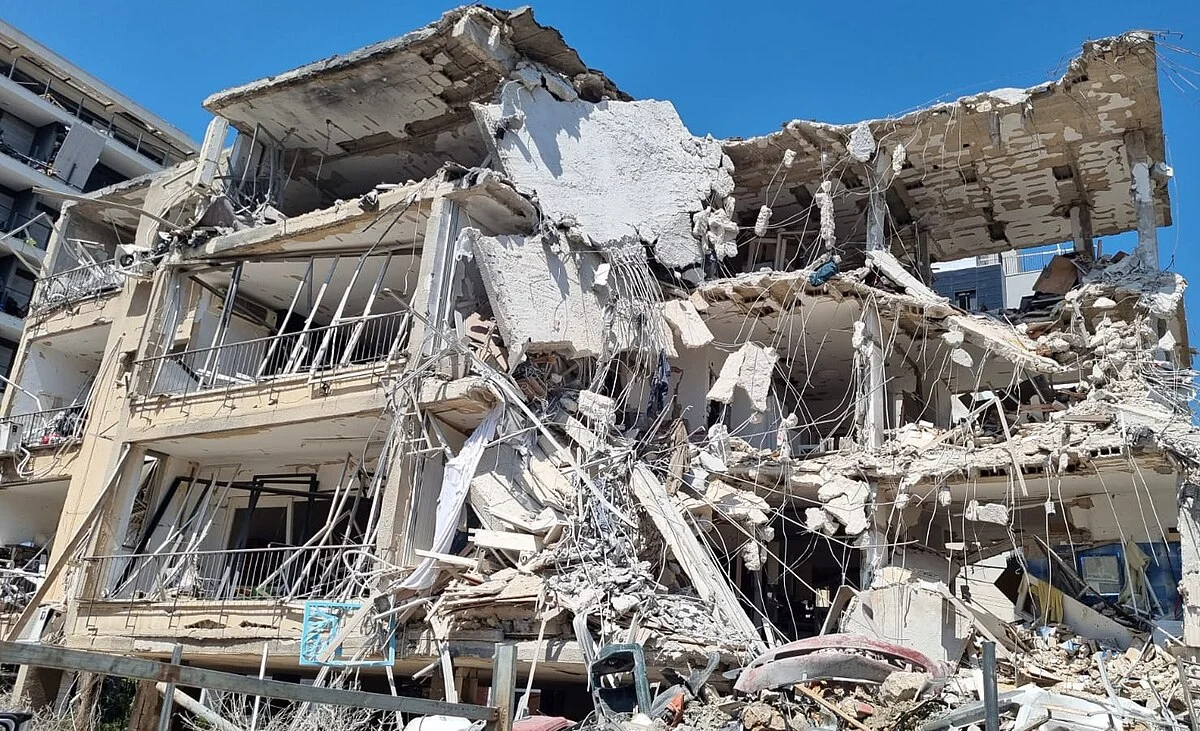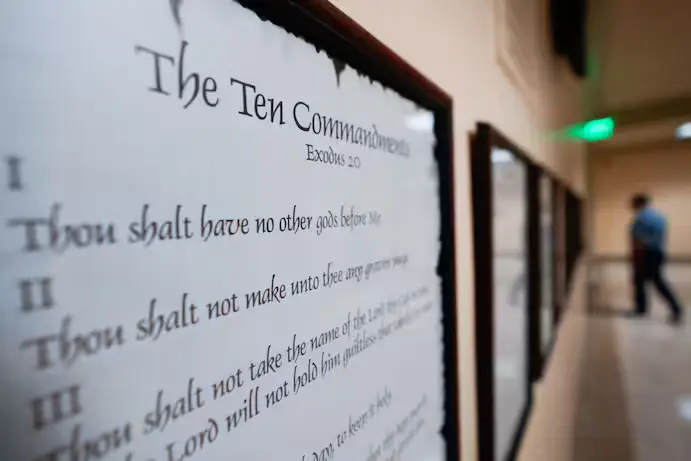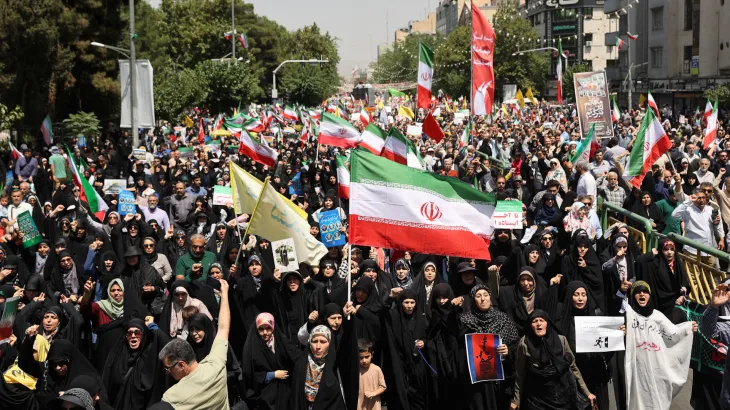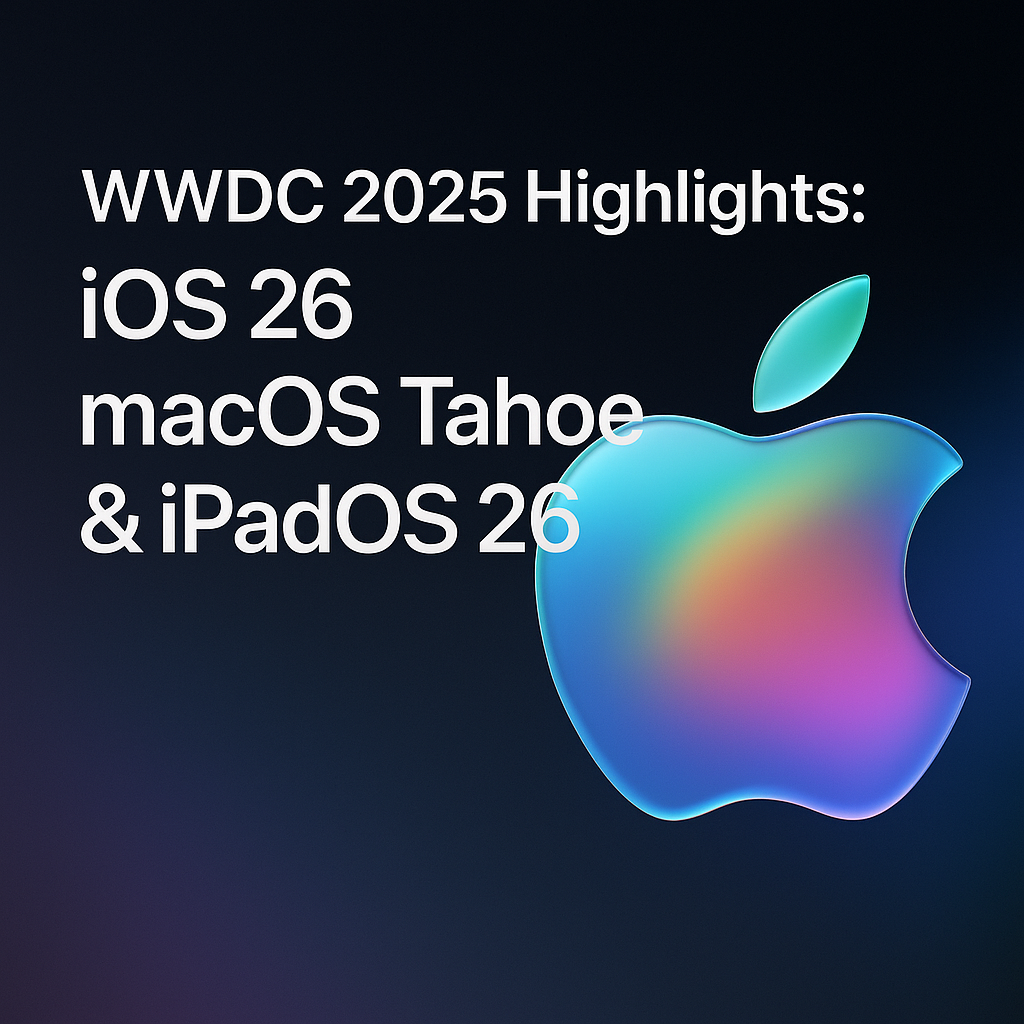Israel has entered its second week of targeted strikes on Iranian missile and nuclear sites, prompting retaliatory attacks on Haifa and Tel Aviv. With civilian casualties mounting, global pressure builds on the U.S. government to intervene as the situation intensifies into a full-scale regional conflict.
A tense atmosphere envelops world capitals as the Israel–Iran conflict enters a dangerous new phase. With each side exchanging impactful strikes, the combat zone has expanded beyond traditional battlefields into the broader Middle East region. The United States government now faces critical choices as it walks a razor’s edge between deterrence, diplomacy, and escalation.
🕊️ Escalation by the Day
Since the early hours of 14 June 2025, Israeli forces have launched a string of airstrikes targeting what they deem Iranian missile installations and suspected nuclear infrastructure inside Iran. These precision operations, unlike previous covert actions, have been direct and public—a signal that Israel is escalating the conflict. Iranian officials have retaliated swiftly, directing ballistic missile salvos toward Haifa and Tel Aviv. Though many of the incoming missiles were intercepted, several exploded in urban areas, inflicting civilian casualties and extensive damage.
🏛️ U.S. at a Crossroads
The White House, now on its second full day of intense crisis deliberations, remains alarmingly tight-lipped. President Trump and his advisors are balancing several complex imperatives: supporting Israel’s right to self‑defense, deterring further Iranian aggression, maintaining stability in the region, avoiding unwanted entanglement, and staying within mandated congressional limits for military action.
In a rare public move, the President announced a 14‑day pause in potential U.S. strikes against Iran. This break is intended to allow European diplomats—particularly those from Geneva‑based channels—to broker a carefully crafted ceasefire and avert a broader war. Simultaneously, the White House Press Secretary promoted a sweeping fiscal package dubbed the “One Big Beautiful Bill”, designed to allocate funds for diplomacy, defense, and humanitarian aid—all while avoiding the specter of a looming tax hike in Congress.
🛡️ U.S. Forces Rising Readiness
Despite the public stance of restraint, military experts confirm that U.S. naval vessels and bases in the Persian Gulf have entered elevated alert status. Patriot missile systems at regional bases have been repositioned, and naval carriers have been issued stand‑by orders. These troop movements, while modest, serve as strategic deterrence—meant to signal to Tehran that any attack on U.S. forces will carry significant consequences.
🚇 Regional Ripple Effects
The conflict has profoundly affected neighboring countries. Lebanon’s Hezbollah has launched border skirmishes with Israel. Syrian air defenses have activated in response to overflights approaching Iran. Gulf states, from Qatar to Kuwait, are reporting new cybersecurity attacks. Even European capitals have elevated their threat levels, issuing travel advisories to citizens in the region.
Economically, global oil prices have surged in anticipation of supply disruptions. Nerves frayed, markets are jittery as analysts mull the possibility of blocks on transit routes like the Strait of Hormuz, which would ripple through global trade and commodity markets.
🧑⚖️ U.S. Domestic Politics at Play
Inside Washington, political fault lines over the conflict are intensifying. Senate Democrats are calling for a congressional debate prior to any direct U.S. intervention, arguing that no president should have unilateral authority to launch military strikes. Meanwhile, House Republicans are framing the issue as a bipartisan test of America’s commitment to defending its allies, and have moved to fast‑track authorization for force, proposing a conditional resolution tying U.S. involvement to clear strategic thresholds.
The “One Big Beautiful Bill” is also proving controversial. While it includes increased funding for diplomacy to contain the Israel‑Iran crisis, it simultaneously proposes steep cuts to domestic programs. Concerned constituents are staging protests and attending town halls across battleground districts, demanding clarity on where the U.S. stands.
🌐 Diplomatic Pressure and Global Outreach
European powers—France, Germany, the UK—have dispatched high‑level envoys to Geneva, where emergency talks are underway with Iranian officials. The objective: establish a localized ceasefire tied to humanitarian access, prison exchanges, and stepped‑off sanctions. Diplomatic channels are also exploring a broader framework for containment, akin to the 2015 nuclear deal, though nothing concrete has emerged.
At the U.N., the Security Council convened in an emergency session. While the U.S. choice to abstain from any mention of direct military involvement frustrated some members, it managed to facilitate a moderate joint statement calling for immediate cessation of hostilities and pursuit of negotiations. This approach drew criticism from conservative hawks and progressive pacifists alike.
💡 Public Insight and Policy Tips
A key challenge for those trying to follow the crisis is separating military theater from policy theater. If your audience is watching, here is what to emphasize in your guest-post:
- Define the pause: U.S. restraint isn’t withdrawal. It’s a strategically brief lull to advance diplomatic talks. The two-week window reflects intent and caution more than disengagement.
- Clarify the legal basis: Explore how Congressional oversight (via AUMF or new resolutions) shapes presidential military authority. This domestic debate offers rich angles for policy commentary.
- Humanitarian lens: Focus on the escalating humanitarian fallout—damage to civilian neighborhoods, increasing refugee flows across Syria and Lebanon, and calls for humanitarian corridors.
- Economic consequences: Global oil, insurance, and commodity markets are tightening. Lay out how shipping routes, inflation, and consumer prices may shift if disruption continues.
- Future watchposts: Track diplomatic activities in Geneva, whether regional allies (Egypt, Saudi Arabia) get involved, and which U.S. leaders emerge as influential voices.
🔍 Voices from the Ground
Early morning scenes in Tel Aviv reveal anxious residents repeating government instructions to “shelter in place” during sirens. Parents speak of interrupted routines and increasing fear when children ask if “the rockets will never stop.”
In sour contrast, a Tehran journalist describes gatherings around state media screens showing missile launches, with slogans of resistance echoing through city squares. But those same streets also carry whispers of internal concern: economic anxiety, weariness of war, and fears of unintended escalation.
📈 What Could Happen Next
Predictions vary. Some experts warn of a sharp military spike—perhaps Israeli strikes on Iran’s nuclear facilities triggering wider war. Others foresee a prolonged low‑intensity conflict punctuated by occasional flare‑ups.
A key variable is U.S. engagement. If the U.S. transitions from deterrence to active intervention—such as supplying munitions or positioning strike assets publicly—it could trigger Iranian retaliation against American installations or allies, reshaping the war dynamic.
Alternatively, if diplomacy falters, it may propel Iran to launch cross‑border attacks on Saudi Arabia or U.S. bases in Iraq. This could ultimately isolate Tehran further, but risk wider confrontation drawn along sectarian and regional lines.
📌 Final Takeaway
The United States stands at a decisive moment. The window created by its two-week pause is more than symbolic; it's a test of whether diplomacy still holds power in a world bracing for renewed great‑power conflict.
For your readers, this unfolding crisis offers timely lessons in policy nuance, media framing, and civic readiness. Help them navigate complexity, contextualize information, and understand what true restraint—and real risk—means in an age of instant warfare.

















Comments 0